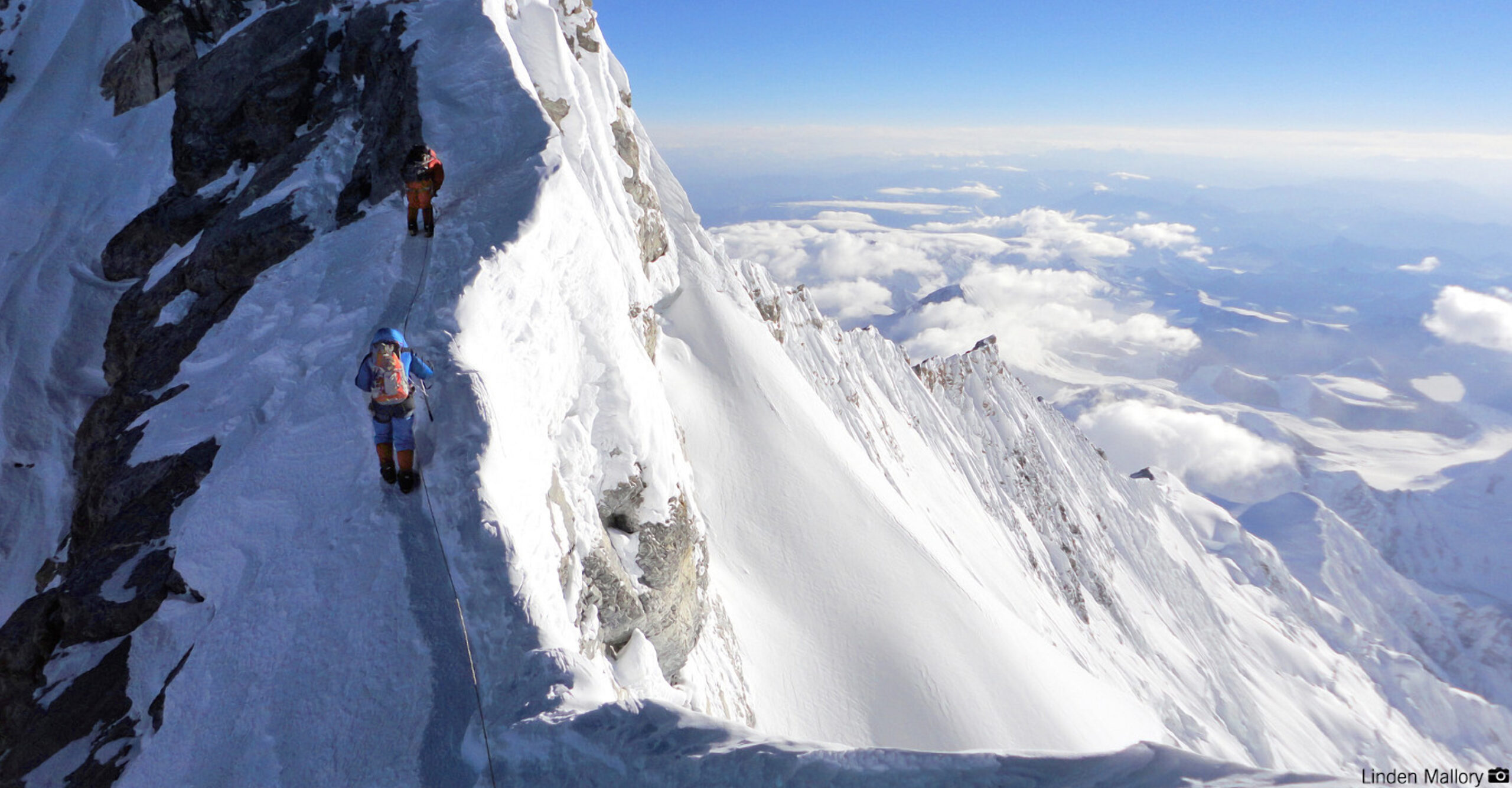Mount Everest is widely regarded as the mountain graveyard. Since its recorded history, over 340 people have died attempting to reach—or return from—its summit. The latest of these victims is Kenyan son Cheruiyot Kirui who worked as a banker at KCB Group.
Mount Everest is not just an ordinary mountain. Standing at 8,848.86 metres ( or 29,031 feet 8+1⁄2 inches), it is the world’s highest mountain. It is also the mountain with the highest number of deaths, even though it does not have the highest death rate. This mountain has killed rookie mountaineers and experienced mountaineers.
One of the most accomplished mountaineers who perished on this mountain was Francys Arsentiev. She became the first woman from the United States to reach the summit of Mount Everest without the aid of supplemental oxygen, on May 22, 1998. She then died during the descent in the North Ridge. Her death was attributed to exposure and, or cerebral oedema. She was pushed over the North Edge as a sign of her burial ceremony.
Francys Arsentiev’s husband Sergei Arsentiev also died on the same day after falling 100 metres in the North Ridge. His body was found in 1999 and was never recovered.
According to Wikipedia, deaths on Everest have been attributed to avalanches, falls, serac collapse, exposure, frostbite, or health problems related to conditions on the mountain.
“The upper reaches of the mountain are in the death zone, a mountaineering term for altitudes above a certain point – around 8,000 m (26,000 ft), or less than 356 millibars (5.16 psi) of atmospheric pressure – where the oxygen pressure level is not sufficient to sustain human life,” states Wikipedia.
“As I send my body and spirit up there…” Cheruiyot Kirui’s final words
“Many deaths in high-altitude mountaineering have been caused by the effects of the death zone, either directly (loss of vital functions) or indirectly (unwise decisions made under stress or physical weakening leading to accidents). In the death zone, the human body cannot acclimatize, as it uses oxygen faster than it can be replenished. An extended stay in the zone without supplementary oxygen will result in deterioration of bodily functions, loss of consciousness, and death.”
So far, three events are ranked as the deadliest on Mount Everest. These include the 1996 Mount Everest disaster that occurred on 11th May 1996. In this disaster, eight climbers were caught in a blizzard and died while attempting to descend from the summit.
On 18 April 2014, seracs on the western spur of Mount Everest failed, resulting in an ice avalanche that killed sixteen climbing Sherpas in the Khumbu Icefall. This was the same icefall where the 1970 Mount Everest disaster had taken place. One year later, in April 2015, a total of 23 people died from avalanches that were caused by the April 2015 Nepal earthquake.








